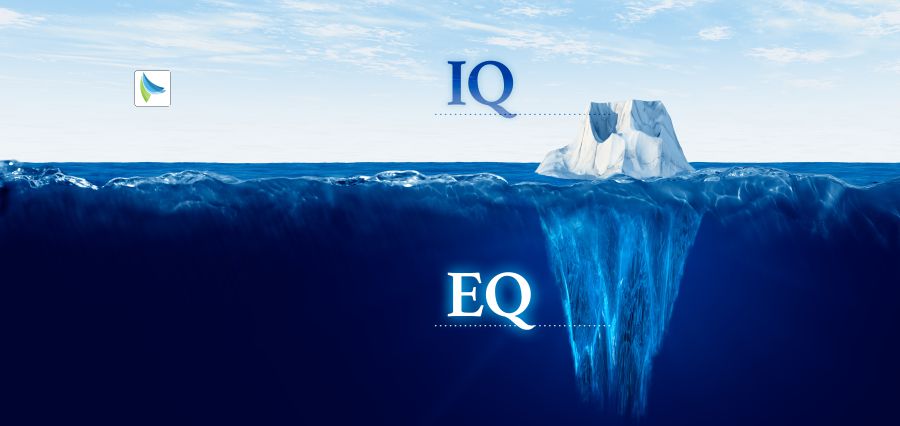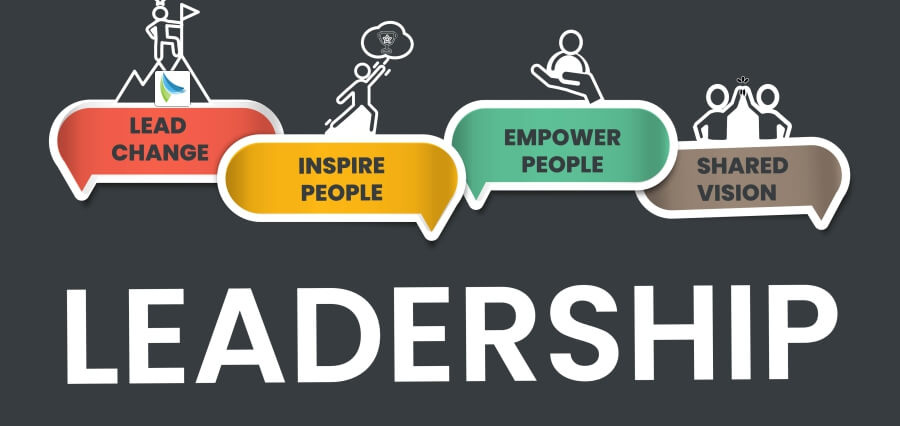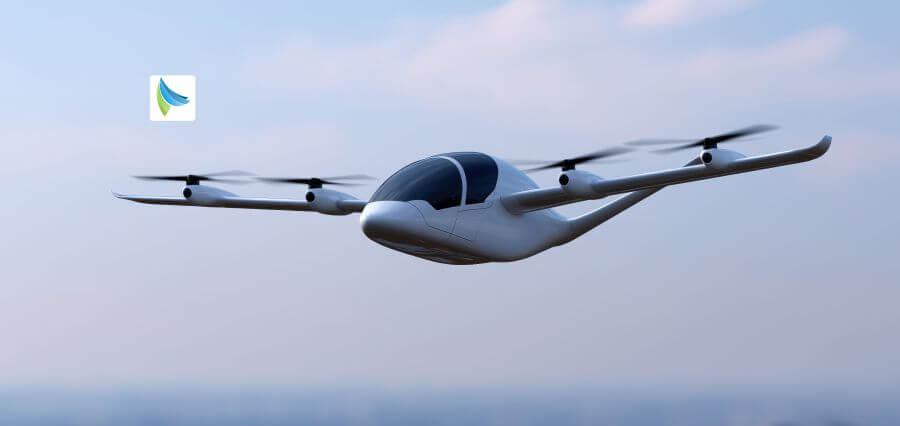Bridging the Gap
In the modern, fast-changing business world, the need to maintain a continuous supply of intergenerational knowledge has become a more significant factor in organizational performance. With the growing diversity of age at the workplace, between the Baby Boomers and the Generation Z, the capacity to create intergenerational knowledge transfer has become a crucial element in maintaining organizational growth, innovation, and resilience.
The diversity of the many generations in the workplace creates a possibly synergetic opportunity but poses challenges in the form of communication patterns, technology know-how, and conflicting expectations. They can only resolve such dynamics successfully by adopting a thoughtful manner that accommodates mutual respect, well-structured set-ups, and learning and collaborative culture.
Understanding the Knowledge Gap
Every generation has its own experiences, competencies, and visions. The elder employees usually have extensive institutional knowledge, mature problem-solving skills, and industry-specific skills that are not always available among young employees. Meanwhile, young generations are more flexible to technological change, quick-witted, and ready to adopt new approaches.
The difficulty is how to make sure this knowledge is not isolated or lost when employees retire or change jobs. In the absence of an effective intergenerational knowledge transfer mechanism, organizations face a potential loss of decades of knowledge that would be hard or, perhaps, impossible to recreate.
Building a Knowledge-Sharing Culture
Organizational culture based on open communication and life-long learning is the start and core of any effective intergenerational knowledge transfer strategy. Organizations have to create a culture in which knowledge transfer is not perceived as a one-off event, but an ongoing and two-way practice.
Formalizing this can be done through one of the methods which is the establishment of mentorship programs. However, the focus should be directed not on the conventional one-way mentorship models, but on the dynamics and reciprocal learning relationships. Traditional mentoring and reverse mentoring (younger employees mentoring older employees (e.g., in digital skills) help to create a value balance.
Leveraging Technology to Bridge Generational Gaps
Technology can become a barrier and a bridge regarding intergenerational transfer of knowledge. Not every older worker may feel confident in digital means, still, some of them may be willing to take up the upskilling chance. There is a need to introduce easy-to-use and accessible knowledge management systems that are cross-generational in design.
The use of collaborative platforms enables the recording, communication, and access of information without any problems. Knowledge bases, video tutorials, internal forums, and digital storytelling tools are useful in capturing tacit knowledge that would otherwise remain undocumented. Training and support on the use of these systems enables employees of all ages to contribute meaningfully.
Aligning Organizational Strategy with Knowledge Goals
The process of intergenerational knowledge transfer within the organization is to be integrated into the overall strategic goals of the organization, which will ensure long-term sustainability. This includes treating knowledge as a strategic asset and integrating knowledge-sharing objectives into performance measures, leadership development, and succession planning.
A proactive strategy involves identifying areas of high-risk knowledge that can be lost in case of retirements or due to turnover, and knowledge transfer is carried out before its loss. Knowledge audits, skill-gap evaluations, and periodic reviews of knowledge-sharing projects can keep the goals of the business aligned.
The second area that organizations should look at is the establishment of formal knowledge retention policies, especially those positions that require subject matter expertise. These strategies may also be adopted to direct the process of transferring the experienced employees upon their departure out of the organization to maintain continuity and minimize disruption.
Promoting Mutual Respect and Flexibility
Finally, intergenerational knowledge transfer initiative depends significantly on the willingness of the older and younger employees to go through the process. This will entail the promotion of a work culture that is founded on respect, inclusiveness, and respecting divergent views.
Awareness-raising exercises and inclusive leadership should help to eliminate the biases and assumptions that generational differences lead to. Organizations can achieve this by promoting flexibility of communication lifestyle, feedback, and work arrangements, and organizations will have less friction and build more recognized and trust-level relationships among team members.
Conclusion
Closing the generational gaps is no longer a marginal issue, but a strategic necessity. Through careful planning and excellent resolve to collaborative work, organizations can access the best of their multigenerational workforce. A proper intergenerational knowledge transfer is a way to not only retain useful information but also to develop innovation, strength, and purpose within the company.
Companies equipped with structured knowledge-sharing systems, interpersonal collaboration, and alignment of strategy with long-term goals will be set to survive in the future, which is characterized by constant change and a wide range of talents. The generational difference does not have to be a weakness; with the proper approach, it turns out to be an effective source of power.
Read More : Pradnya Bagade: Steering Strategy with Empathy, Purpose, and Precision












